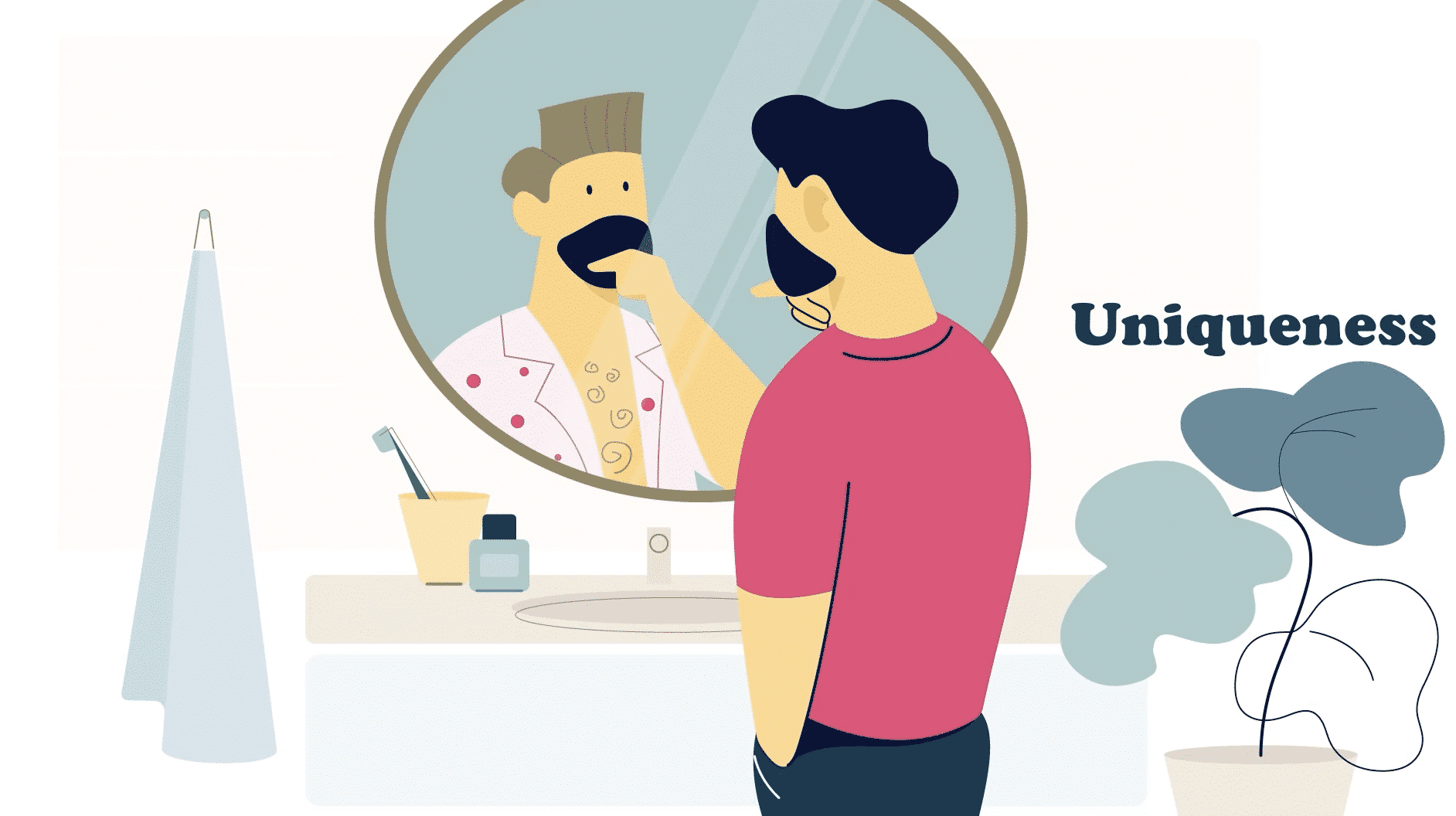For one thing, content marketing is the new SEO marketing. The better and higher quality the content, the better the chances of being ranked highly by Google & Co. Videos are better than pictures. And images, in turn, are better than text-only messages.
There are two ways to be better ranked and thus easier to find:
1. the simple and fast, but also costly and not long-lasting way: paid ads. You can buy your way to the top via Adwords and Facebook ads.
2. the longer and harder way is SEO (Search Engine Optimizing). It takes time and continuous work for your website to grow organically on the web and thus rank higher.
SEO is the better solution in the long run
1. if you no longer pay money for ads, your business will no longer be found. The money is only invested in the short term and has no long-term effect.
2. almost 80% of users know that the purchased ads are “advertisements” and simply ignore them.
3. the links and users that come from SEO marketing are real and alive. As a result, subsequent conversion and engagement are much higher than with purchased leads.
SEO specifically for videos:
Today we need SEO for SEO content!
Even if your video was made as content for SEO, it itself needs SEO. The flood of information continues to spread. Although videos are still currently the best SEO and content marketing media, there are simply a lot of them already on the internet. Over 500 hours of video footage are uploaded to YouTube every minute.
That means about 720,000 hours of video per day. If you just think about the amount of material on the web from the last few months alone, you’ll ask yourself: How do I find what I’m looking for and how do I get my content to the right searchers?
This can be like looking for a needle in a haystack.
That is the reason why videos also need SEO marketing.
No matter if it is a product video, an image video or an explainer video. SEO marketing for your video is essential.
The right descriptions, keywords, hashtags and distribution must be used so that the video can be found at all. Whether on Google, YouTube or Facebook and Co.: All portals are based on SEO.
Therefore, here is our 1×1 to SEO for video marketing:
1.the video title
The title of the video is like the headline of an article. It needs to be short and crisp while conveying the message of the video. The title has to be appealing enough to make you really want to watch the video.
Tips:
* Add important keywords already at the beginning of the title. It helps you get a higher ranking. For example, for explainer videos: “Explainer video tips: How to get more sales,” instead of “How to get more sales with explainer videos.”
* The title should also not be too short and not too long. We recommend a length of approx. 50 – 70 characters.
* The title should still announce what is behind it and not make false promises. This will only lead to nasty criticism, bad image and a higher bounce rate.
2. video thumbnails
A thumbnail is the preview image that is displayed before you watch the video. Studies have shown that first impressions are 94% design-related. That’s why it’s especially important that the first impression of your video is right. And this one starts even before you watch the video, with the preview image.
Tips:
* It is best to use an image from the video. This is also the fastest way, YouTube, Vimeo & Co. also suggest it to you. You can choose a thumbnail from the suggestions or select any scene from the video yourself.
* Even if the image is very small, it should have optimal quality. In addition, it should be recognizable from a distance what is to be seen on it.
* Make sure that the preview image also promises what is hidden in the video and makes interesting and curious.
3. video description
The video description gives a short overview or even a small summary about the video content, which you should also use.
Besides creating an incentive for the user, it has the property of optimizing the SEO of the video if you have integrated enough appropriate keywords and hashtags.
Tips:
* In 3-5 sentences, write down what is interesting about the video.
* Add the link to your website as well as your social media channels if possible to increase traffic.
* Also include your relevant keywords in the description. But make sure that the text still sounds interesting and natural and is not a string of buzzwords.
4. video tags
“Tags” are actually like keywords. They are additionally stored as search criteria, which makes it easier to search for and find the terms on your own platform.
Tips:
* Choose keywords that match the content of the video.
* Use a few common and general keywords like “marketing”, as well as some that are product specific and special, like “explainer videos”.
* The same goes for short keywords like “video” and long tags like “corporate video”.
5. call-to-action (CTA)
Videos are now a part of the marketing plan and strategy.
There are videos with the most diverse target projects. To increase conversion, launch a product, drive traffic to the website, encourage purchase or simply describe the company, service or workflow of the product and service.
For the goal to be achieved, the video, no matter how good, needs a calling slogan at the end, a call-to-action that asks the viewer to take direct action.
To make it easier for the user, a link is usually included directly under the video so that they can click on it right away and don’t have to type, which has been proven to lead to a higher bounce rate.
Tips:
* The CTA text should be meaningful and direct. He should tell exactly what the client should do after the video and what he will get out of it. For example, if you want the viewer to sign up on the landing page for a free trial, then the CTA should read, “Sign up now for a free trial.”
* Design the CTA button to be eye-catching and large so it can’t be missed.
* On some portals like YouTube there is also the possibility to integrate an interactive CTA into the video. This way, the viewer can already click on a link in the video window during the video and get to your desired page.
6. comments
If you get a lot of comments on your video, you will definitely get more attention.
Of course, we all feel better when we receive positive feedback.
That is why honest communication at eye level is the safest thing to do.
Comments get you higher rankings, more attention and therefore more leads and followers.
Tips:
* In order for there to be communication under your video first, one must start. Take the initiative yourself and ask your friends, colleagues and acquaintances to post a few comments under the video.
* Respond promptly to comments. This not only impresses the commentator but shows closeness and readiness for a community.
7. video translation and subtitles
In video translation, a specific language is selected and the description text and title of the video are translated, at best, 1:1 in the respective language.
With subtitles, what is spoken in the video is uploaded as a script and faded in as subtitles as desired. Whether in the same language or in another language. This not only helps foreign language and deaf viewers, but is also a good tool to get more text, more keywords, more audience.
Tips:
* Paste some of the text from the video into your video description. This will give you more keywords and text and therefore a better chance of ranking higher.
* For subtitles, use appropriate language that also conveys the emotion and meaning of your message like the spoken word.
8. link structure & distribution
More links means higher accessibility.
By distributing your video on a wide variety of video and online platforms, you help your video rank higher and get found faster.
Tips:
* First of all, you should put your video on your own website. Preferably right up front on your home page and with the product, even before the product purchase.
* Then share it on your social media channels multiple times. It is important that you upload the video itself to the platform and not just share a link to another platform.
* Upload the video to as many video platforms as possible, such as YouTube, Vimeo or Snapchat. This not only reaches the users of the respective platform, but also helps to achieve a higher ranking on Google & Co.
* Also try collaborations through other magazines, bloggers and influencers to get them to publish, post and share your video.
With these tips, you can get off to a conscientious start and have taken the first steps toward good video accessibility.
Of course, if you keep at it, there are many more opportunities for distribution, optimization and link building.
But these basics are essential for any video, and also don’t cost much time relative to the benefits you can get from them.




